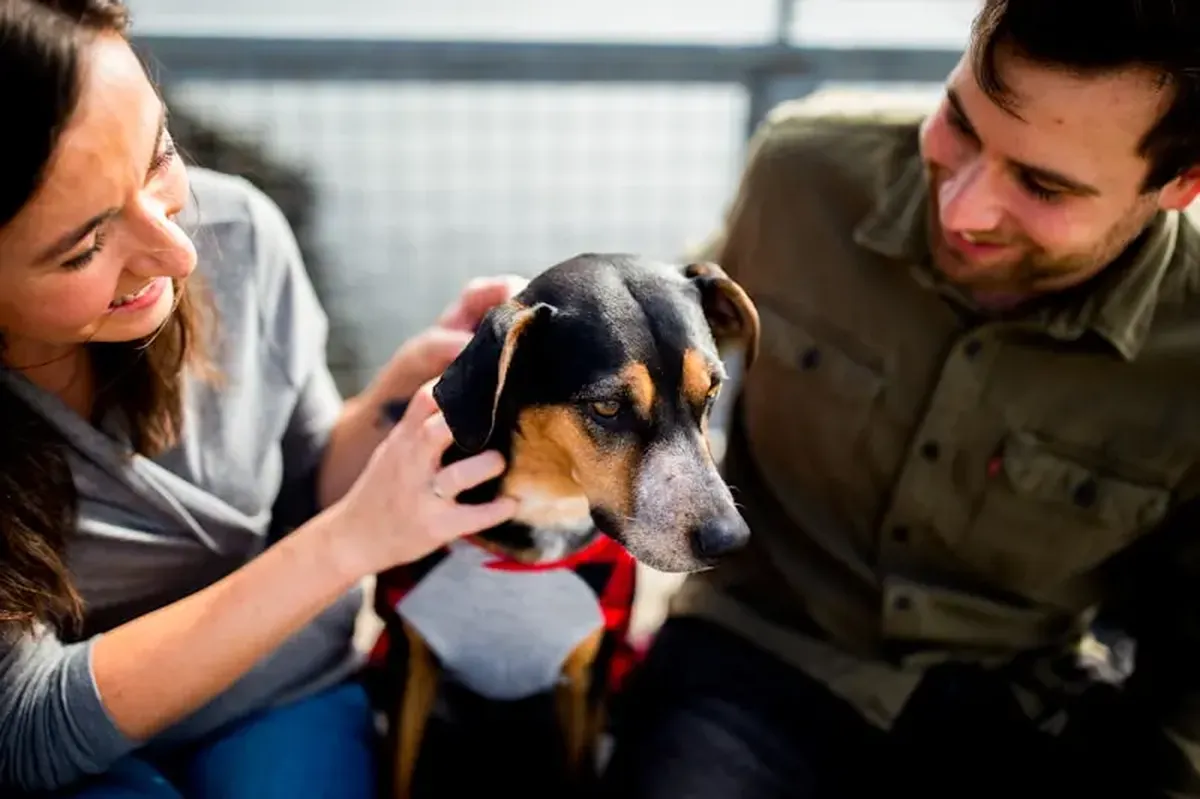
Dogs remember their littermates for the first two years of their lives after being separated, but they retain a stronger bond with their mothers even beyond that two-year mark. Bringing a puppy home is an exciting yet nerve-wracking experience for anyone looking to add a furry friend to their family. However, some may feel guilty about taking a puppy away from its mother and siblings just weeks after birth. Now, experts have shed light on the true impact of weaning on puppies.
It turns out that dogs separated at 8 to 12 weeks of age typically forget their littermates within two years, provided they live apart. However, these same dogs often continue to recognize their mothers even after that period, and the same holds true for the mothers.
These findings stem from a 1994 study that involved scent tests with 10 mother dogs and 51 puppies. The subjects included various breeds, but no significant differences were noted among them. Out of 25 puppies, 19 showed a preference for the scent of their mother during the tests. Among the mother dogs, 14 out of 18 also displayed a preference for the scent of their offspring. Behavior and training expert Britt Rosendal notes that dogs are adept at recognizing their mothers because they are born underdeveloped and rely on their parents for growth. The survival of these animals largely depends on their mothers, making this recognition crucial. This may explain why puppies tend to remember their mothers better than their siblings.
The Specifics of Canine Memory and Development
Veterinarians assert that separated puppies can move on from previous relationships without distress. As is well known, the memory and emotions of dogs operate differently than those of humans. This difference allows them to cope with separation more effectively, easily forming bonds with other relatives and attaching to humans. A 2016 study revealed that these animals might possess episodic memory, meaning they can recall specific events from the past. However, even these memories are somewhat limited, as dogs seem to forget things over time. This characteristic helps reduce the trauma associated with separation and emotional issues.
Veterinarians recommend keeping puppies with their litter for 8 to 12 weeks after birth. Despite their less effective memories, separating them too early can lead to greater problems later in life. During the first few months, dogs develop motor skills, stress resilience, and bite control. However, premature separation can hinder this development, potentially manifesting later as anxiety, possessiveness, and aggression. Some dogs even experience nightmares in adulthood if they faced traumatic events during their early stages. Ms. Rosendal tells the Daily Mail that for a puppy, early weaning from its mother and relatives can be a frightening experience. However, she believes it’s essential to avoid anthropomorphizing dog behavior, as viewing them through a human lens makes it much harder to truly understand them.
Tips for Helping Your Dog Adjust to New Surroundings
To foster a strong bond with dogs, veterinarians advise dedicating time for interaction and establishing a healthy routine for walks, meals, and playtime. Creating a “zen zone” can also be beneficial, providing these pets with the necessary space, which can be equipped with gates, crates, and pens. Ms. Rosendal adds that each puppy is unique and adapts to its new environment at its own pace. Some may settle in quickly, while others might take several weeks to adjust. The expert recommends allowing the puppy to acclimate at its own speed during this transitional period.
Raising a puppy as a pet can be a dream for many, but experts urge potential owners to consider all the nuances. For instance, certain dog breeds can significantly increase in size as they reach adulthood. According to research, the Labradoodle tops the list of dogs that gain the most weight from 8 weeks to 1 year of age, with their weight increasing by 900% from puppyhood to adulthood. The Labrador Retriever and Rottweiler follow in second and third place, with their weights changing by 700% and 692%, respectively, during the same period.
